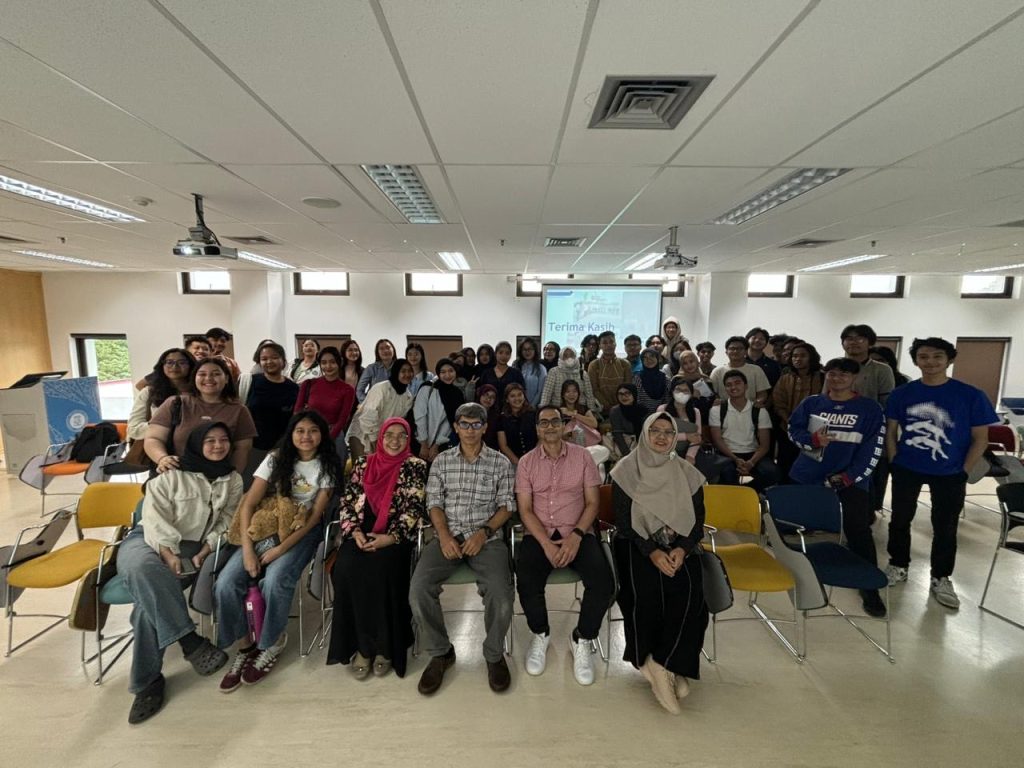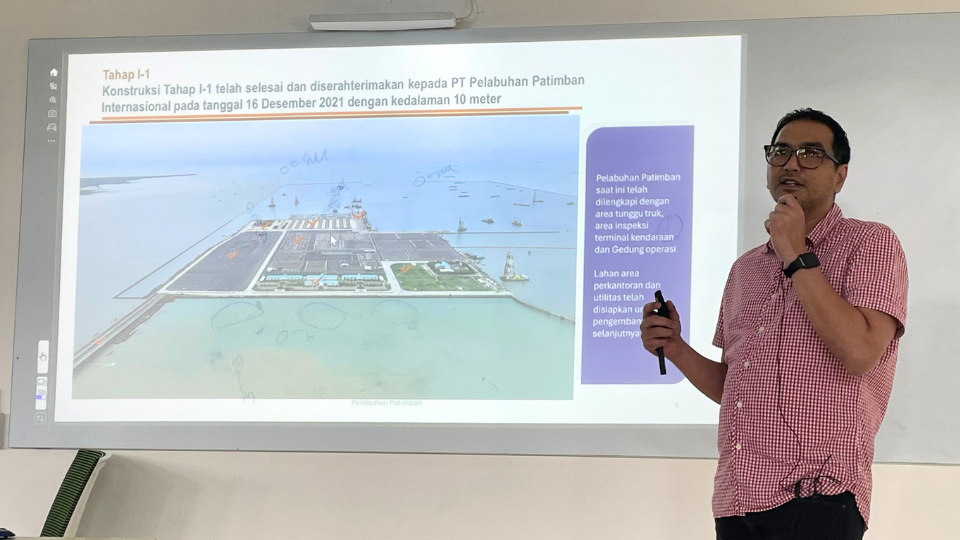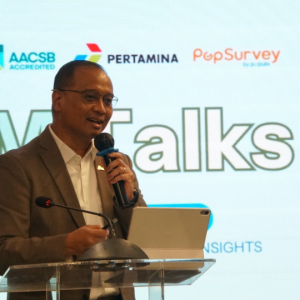Areas near Patimban Port in Subang contribute 17.85% to West Java’s gross regional domestic product (GRDP). Although this figure is still lower than the contribution from areas closer to Tanjung Priok Port in Jakarta, the planned toll road connecting the Trans Java Toll Road to Patimban is expected to accelerate the region’s development.
This market analysis was presented by Fuad Rizal, S.T., QWP, President Director and CEO of PT Pelabuhan Patimban Internasional (PPI), during a guest lecture on Financial Ratio Analysis for Decision Making at the SBM ITB, on Friday (6/12). Fuad introduced the potential of Patimban Port to the students in attendance.
Fuad highlighted key aspects of the company’s performance, including PPI’s revenue sources, profit and loss reports, balance sheets, and cash flow statements. He also detailed the port’s domestic and international loading and unloading activities, emphasizing their importance as primary indicators of Patimban’s performance since it began operations in December 2020. Fuad shared insights into the strategy and challenges of managing PPI as a newly developing port.
In addition to discussing performance and strategy, Fuad explained financial ratio analysis in-depth, using PPI’s management report as of September 2024 as a case study. He clarified the distinction between management and financial reports: while both present the same figures, management reports are designed for internal reporting to commissioners, whereas financial reports must comply with PSAK standards.
Addressing a common question, Fuad explained that a company posting a loss does not necessarily indicate a lack of cash. If the loss is an accounting or “book loss” rather than a cash flow loss, it does not directly impact the company’s liquidity or financial health. This discussion aimed to help students deepen their understanding of financial reports and appreciate how financial ratio analysis can offer a clearer picture of a company’s financial condition.






